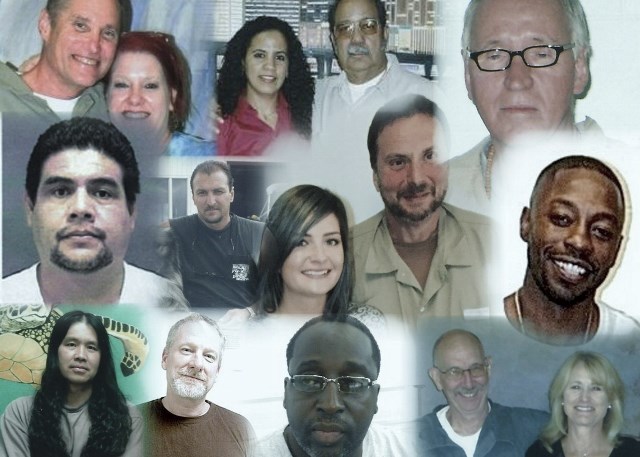Latest "Time-in-Cell" report estimates that, as of July 2021, "between 41,000 and 48,000 people were held in isolation in U.S. prison cells"
In a new report spearheaded by Yale Law School, the number of prisoners subjected to “restrictive housing”, as solitary is officially known, stood at between 41,000 and 48,000 in the summer of 2021. They were being held alone in cells the size of parking spaces, for 22 hours a day on average and for at least 15 days.
Within that number, more than 6,000 prisoners have been held in isolation for over a year. They include almost a thousand people who have been held on their own in potentially damaging confined spaces for a decade or longer....
When I saw this report I immediately thought of the nonviolent marijuana offenders I have known who have been sent to the SHU over the years. The reasons always seemed capricious and random. I have heard some say that it was a relief to be taken to a place where there was no danger -they would be alone and safe. This feeling only lasted for a short period of time. Having cold food passed into your cell was always a drawback as well as not being unable to see the sun or exercise. There was some comfort in not being confined in an 8X10 cell with another human being. Regular cells are essentially a bathroom as they contain a toilet.
I was introduced to this isolation years ago when John Knock was kept in isolation for the year prior to his trial. In order to do this, it was necessary to claim that there was no space in a federal facility to hold him. A county jail was the facility that was chosen. They could set their own rules. Those rules were that he would be held in a cell with a board over the window. There was limited reading material and the temperature was set on an uncomfortable cool. He was awakened every two hours with a flash light shining in his face. Calories were limited.
Although all his family lived hundreds of miles away, visits had to be approved at the beginning of each shift. This meant that family had to travel hundreds of miles and then call to see if they could visit. The jail could then say no not on that shift - call back in 8 hours. If they were fortunate enough to be approved for a visit - it lasted 15 minutes. There was not a visiting room. Family sat in front of Plexiglas, there was a 4 inch slit at the bottom so it was necessary to bend over to talk. John was brought in to sit on the other side. His hands were shackled to a chain around his waist. His feet were shackled so he could only shuffle. Throughout the visit an armed guard stood behind him. He still had a smile on his face.

.JPG)